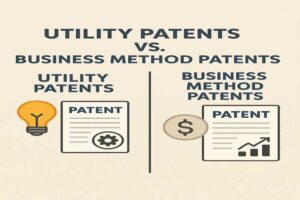Everyone talks about investing in private equity, especially the entrepreneur and the venture capitalist.
But, the problem for the investor is less to invest than to answer those two essential questions:
- How will the enterprise give back the capital?
- When will that restitution take place?
To answer the first question, the investor verifies the crédibility of the bases of calculation of the financial projections, called assumptions.
The inexperienced entrepreneur generally establishes a shopping list of what is necessary to build his project or to realize his dream, worrying only theoretically about profitability and absolutely not about the assumptions on which his or her financial projections rest nor about his budget.
Indeed, it is common to see financial projections built to cover budgeted costs without verification of the underlying assumptions. So, by restoring them by division, there are aberrations like:
- a saleswoman serves fourteen clients per minute !
- the average price of a purchase in a bakery is € 306.
Surprisingly, these two examples are taken from reality!
They perfectly illustrate the adage that reality often exceeds the fiction.
In jargon of private equity, there are several terms referring to the problem of the investor recovering his capital: the divestment, the exit, the investment exit, the exit etc…
For the experienced entrepreneur, the investor, all financiers and investor’s advisors, it is the essential preoccupation. It is not uncommon that investment companies require their trainees to eliminate all business plans and presentations of all not address this point in detail.
Even when the file is processed, the mere fact that the investment exit does not figure or be treated lightly or expeditiously enough to definitly classify the entrepreneur as inexperienced.
One of the greatest American investors often said :
“Forget the return on my money, talk to me about the return of my money.”
In other words, don’t talk to me about profitability, talk to me about the safety of my capital.
The traditional investment exit or disinvestment strategies are the following:
- The buyback of the shares of stock by the issuing company is slow, uncertain and rarely much profitable.
- The acquisition of the shares of stock by a third-party is also slow and uncertain but when it happens tends to be very profitable.
- The merger or reverse merger of the issuing company into a publicly listed company resulting in the shares of common stock being listed.
- The exchange of the shares of common stock of the issuing company against those of a publicly listed company enabling the investor to sell or pledge at wish the shares of common stock of the listed company.
- The Initial Public Offering (I.P.O.) of the shares of stock which is by far the Best, most expeditious and most profitable solution enabling the investor to sell or pledge at wish the shares of common stock of the newly listed company.







